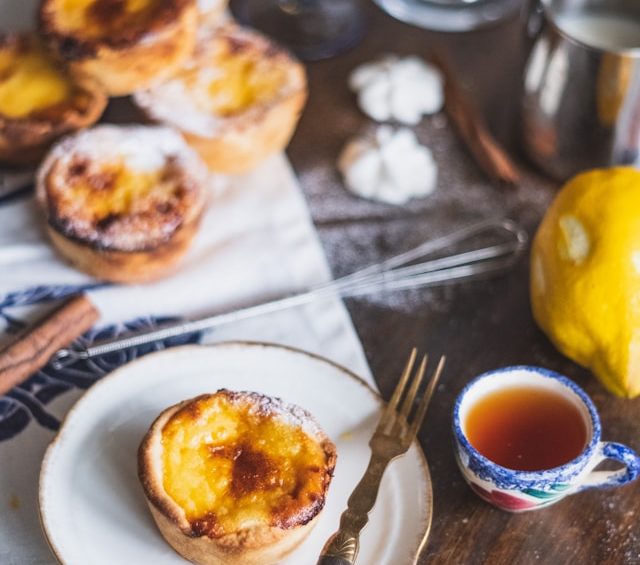Are you bored with the food you usually eat? Do you think you should be trying new things? Are you keen to experiment with new and different flavors – perhaps flavors you’ve only ever heard of before and never even tasted?
How To Start Experimenting With New Flavors
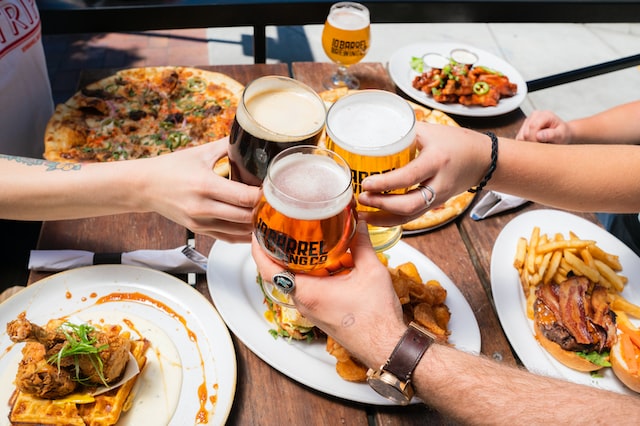
If so, you’re not alone – there are plenty of people who just keep making the same meals over and over because they know they like them and they know what to do, but at the same time they would love to experiment some more with their ingredients.
The great news is that whether you’re an amateur cook or a seasoned chef, you can easily add new ingredients to your everyday meals and really spice things up (perhaps literally!).
With that in mind, here are some options to consider so you can get started and enjoy some tasty new food.
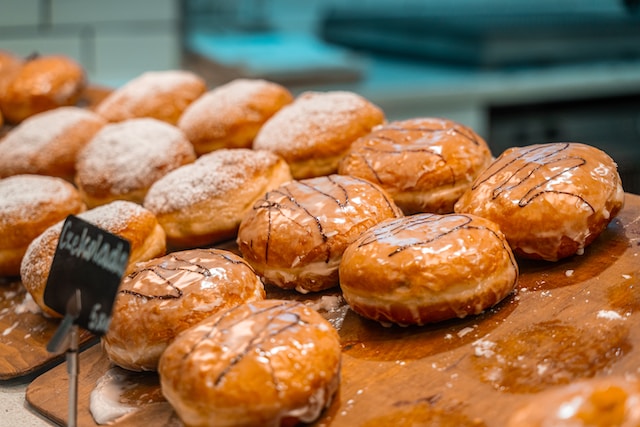
How To Start Experimenting With New Flavors: Develop Your Palate
The first thing to do if you want to try experimenting with new flavors is to develop your palate – in that way, you’ll be able to have a much better idea of what things taste like and how well they might go together, and you’ll be able to recognize various flavors when you’re in a restaurant, for example – that’s going to help you sample more food and get to know what chefs like to use, and why.
It’s a good idea to try various dishes from all over the world if you can, and especially try to taste a lot of different seasonings, as even if you continue to use the same ingredients as before, using these new seasonings, such as herbs and spices, can change those ingredients hugely.
The key is to try as many new things as you can whenever you have the chance because building up a strong palate is the foundation of great cooking and being able to use all the flavor combinations you want, knowing they’ll work.
How To Start Experimenting With New Flavors: Take Inspiration from Travel
Travelling overseas is one of the best ways to discover new flavors and expand your palate! Consider venturing on a culinary adventure like Croatia cruises, where you can combine stunning views with the pleasure of tasting wine and local delicacies.
These experiences can introduce you to regional ingredients and traditional dishes you might never have encountered otherwise. Once you’re back home, try incorporating some of those new flavors into your cooking.
It’s a wonderful way to relive your travels while bringing a fresh twist to your everyday meals.
How To Start Experimenting With New Flavors: You Need to Start Small
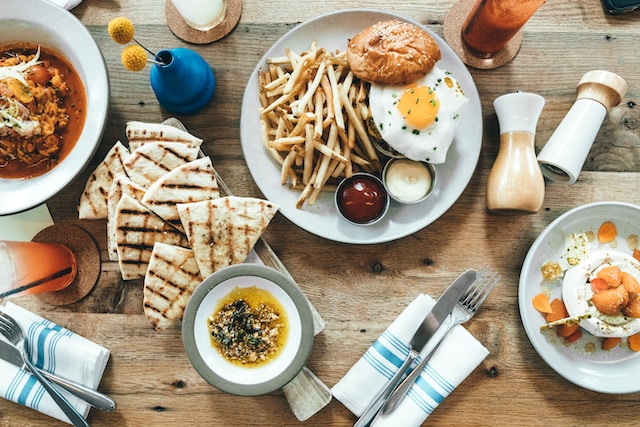
When you’re starting out in the world of flavor and experimenting with all kinds of new ideas and tastes, the best thing to do – as is the case with pretty much everything you do – is to start small.
Begin by just making the smallest, subtle changes to your old favorite recipes, and you’ll soon get the idea of what to do. So if you take a familiar recipe, like a classic shortcake, for example, you can try adding some new things into it – just take a look at shortcake recipes like this one and you’ll soon see what you can do.
As you can see, because you’ll already know what a classic shortcake tastes like, it’s easier to add new ingredients to the recipe because you’ll know what’s going to work and what won’t.
These small tweaks, which don’t have to be made on only baked goods, but could be any recipe, including savory items, can make a huge impact on the overall flavor profile of any dish with being too complicated to make or overwhelming to eat – it’s the best way to start because you can slowly but surely and gradually build up your ideas and your tolerance to new flavors.
Mix And Match
Don’t be scared about mixing and matching different flavors to create deliciously unique and unexpected taste combinations. In fact, that’s really the best part about trying new flavors (perhaps even better than actually tasting them, although that’s great too, of course!) – it’s fun to try new things, especially if you’ve thought about how each ingredient will go together with the others.
If you’re not sure where to start when it comes to mixing and matching (it’s a great idea and can work really well, but it can also be quite daunting if you don’t know what to do first – there are thousands of different combinations you could try out!), it’s a good idea to try experimenting with contrasting tastes like sweet and savory, spicy and sweet, or tangy and rich – plus many more.
When you mix and match these great flavors, you can create some amazing things with very simple ingredients, which could be a good place to start, especially if you happen to have them in your pantry already (trying new flavors can become expensive if you opt for exotic ingredients, so it can often be best to keep things quite simple, at least to begin with).
How To Start Experimenting With New Flavors: Don’t Be Afraid To Fail
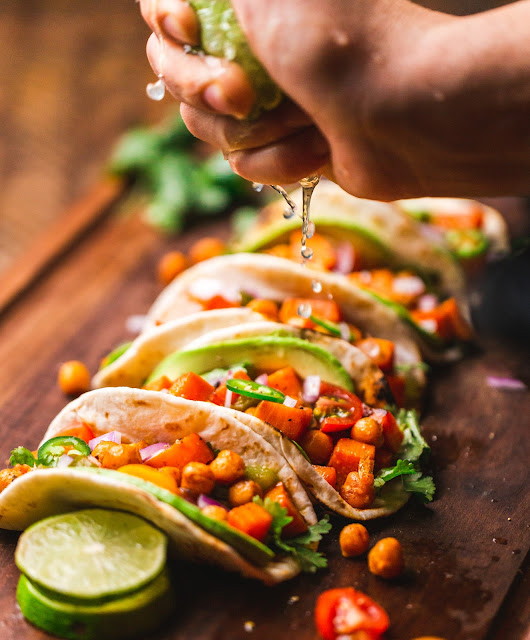
It’s also important not to be afraid to fail when you’re trying new ingredients and experimenting with new flavors – you’re not going to get things right all the time, but if you never take any risks, how will you learn? How will you ever get out of your food comfort zone?
Summary
You can actually use any failures you might have (and you will have them) as a learning opportunity, and don’t let a challenge discourage you from trying again and experimenting with all kinds of exciting new things! Cooking should be fun and I love getting inspired to try new recipes when I travel abroad.

